Media
Yangon & The Strand
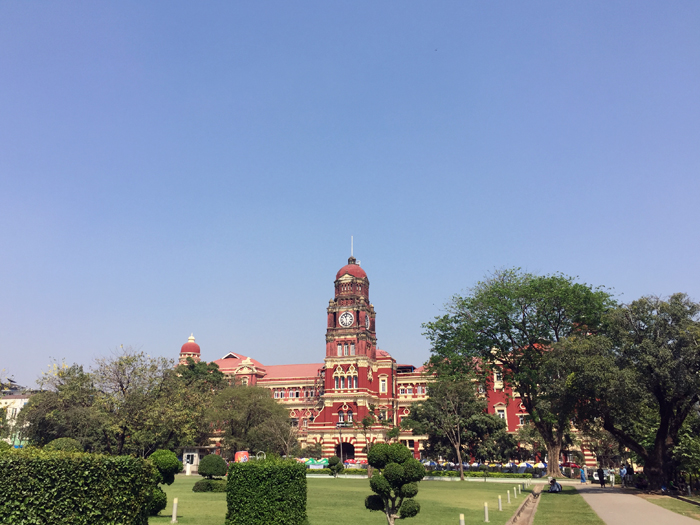
We flew to Yangon (ရန်ကုန်), a former capital of Myanmar, from Hong Kong with a night stopover in Bangkok. The flight to Yangon from Bangkok took just slightly more than 1 hour. Yangon is an amalgamation of British, Burmese, Chinese and Indian influences, and is known for its colonial architecture, which although decaying and beyond appreciation, remains an almost unique example of a 19th-century British colonial capital.
From Yangon International Airport to the downtown is about 30 minutes, which costs around US$8-US$10 by taxi. The taxi stopped us in the centre of the colonial downtown area of Yangon, where The Strand is situated.
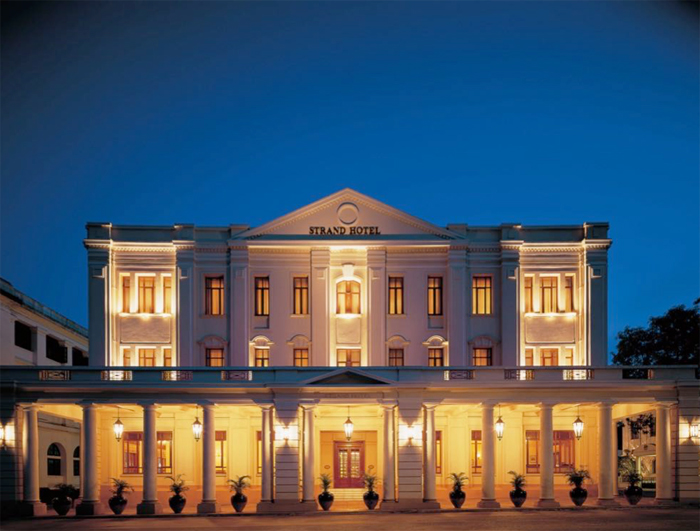
The Strand Yangon opened in 1901, on Strand Road – one of British India’s largest and most prized cities of the time, Rangoon. The 5-star hotel painted in off-white/beige on the exterior looks elegant and it kind of brought me back to those historical days. The hotels Victorian influence is visible from the colonnaded entrance-way; the marble floor inlaid with teak wood, the rattan furniture and potted palms, the chandeliers and black-lacquered ceiling fans. There is a cafe, restaurant and a bar.
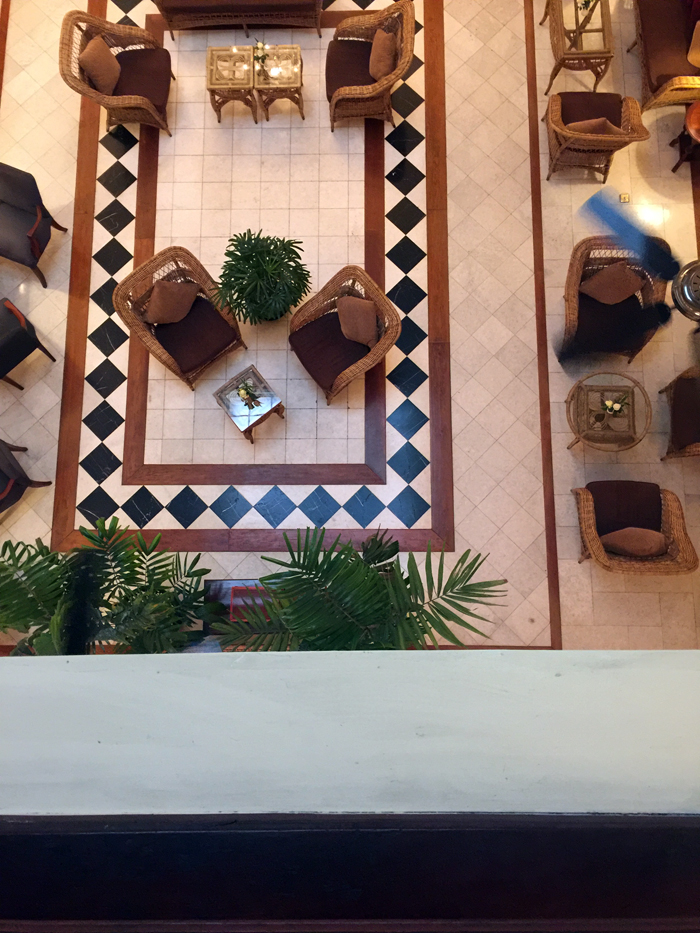
We were welcomed by a smiley local gentleman. He led us to the reception. It was a swift check-in process before we were taken to our room on the 2nd floor. The overall vibe is British Colonial elegance and simplicity. We enjoyed the authentic feel of the hotel, with floor butlers, older elevators and old fashioned keys that you leave with the butler while you are out.
The room and bathroom were really spacious, albeit a little dated since the last time a total renovation was done in early 1990’s. There is total of 32 spacious suits that occupy two floors with 24-hour service provided by a team of butlers-the men sporting Burmese dress jackets, the women in Shan-style blouses, and both wearing the traditional longyi and slippers.
I was told that the hotel will be closed for about 6 months this year to undergo an extensive refurbishment- newly designed and decorated 31 spacious & elegant suites; the lobby and other public areas will also undergo changes too. It’s about time to give a new soul to the hotel, given tourism in Myanmar will be on the rise and a hotel like The Strand, with a lot of potential to offer the best in class service and comfort to its guests.
The new design was unveiled about 2 months back and it looks amazing – it will be contemporary without losing the classical colonial style it has maintained since it was built.
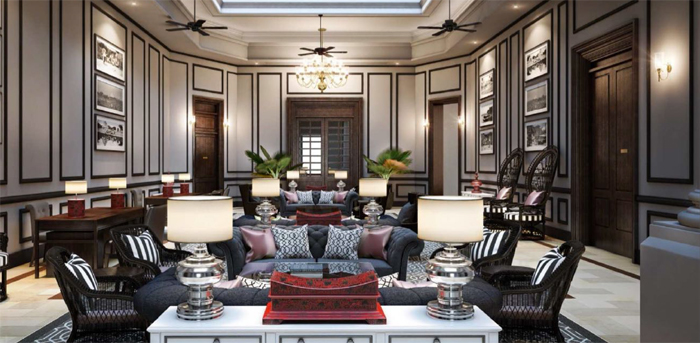
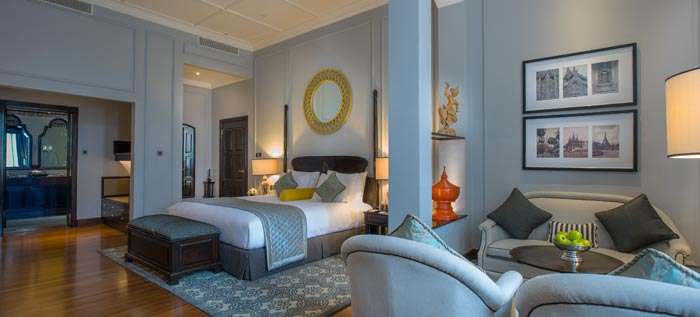
Besides, it now extends to the Ayeyarwady River in Myanmar with the launch of The Strand Cruise. In early 2016, a new luxury river cruise is brought to one of Myanmar’s most visually captivating waterways steeped in history. Built locally, the vessel will offer 27 cabin suites and 24 hour butler service. The luxurious ship will also host a spacious pool deck, wellness center and wine tasting corner as well as gourmet á la carte cuisine in a restaurant with panoramic views of the river.
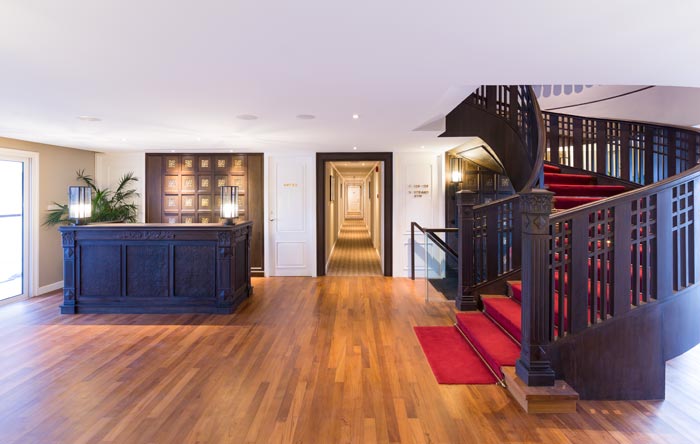
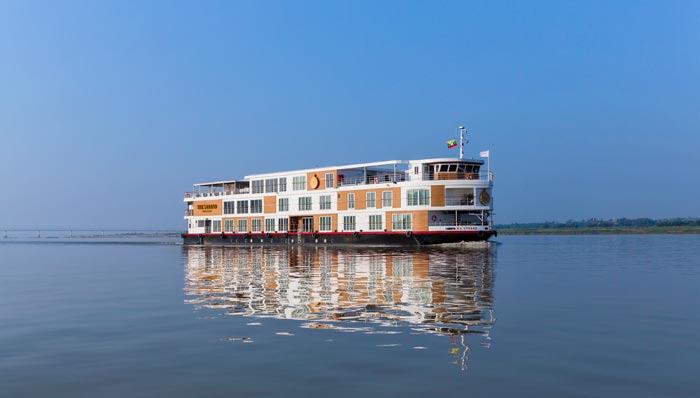
After a refreshing shower we were ready to explore this city with a beguiling mix of past and present of British colonialism and Myanmar multi-ethnicity. Early morning, city streets teem with trishaws, taxis and local headed for the market or work. By the time it was 9-ish, the sun has almost risen midway. The heat of the day could be felt instantly. We walked pass some tea shops, street food vendors and local markets.
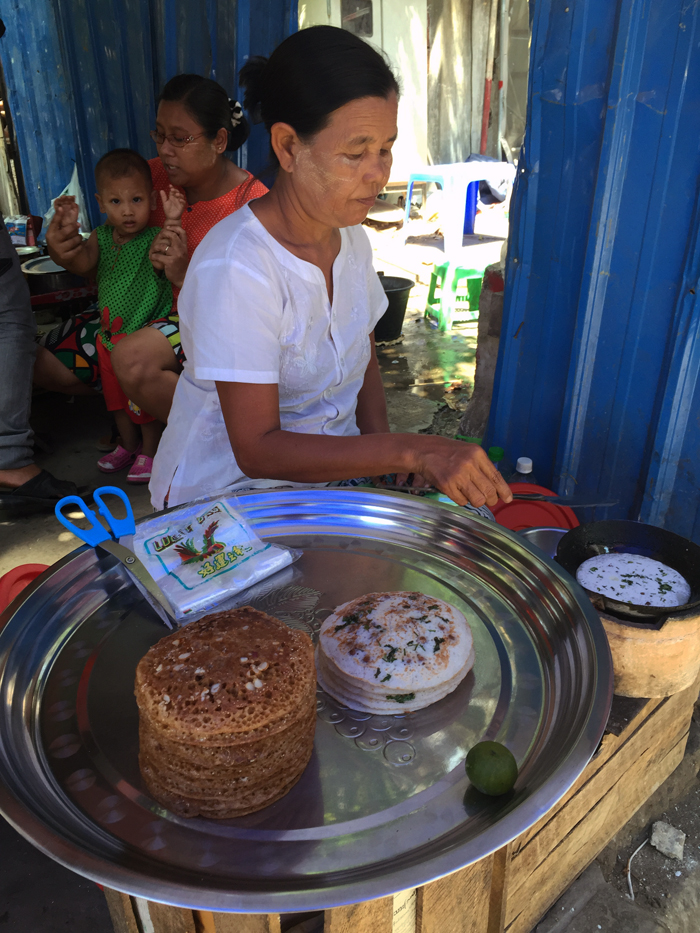
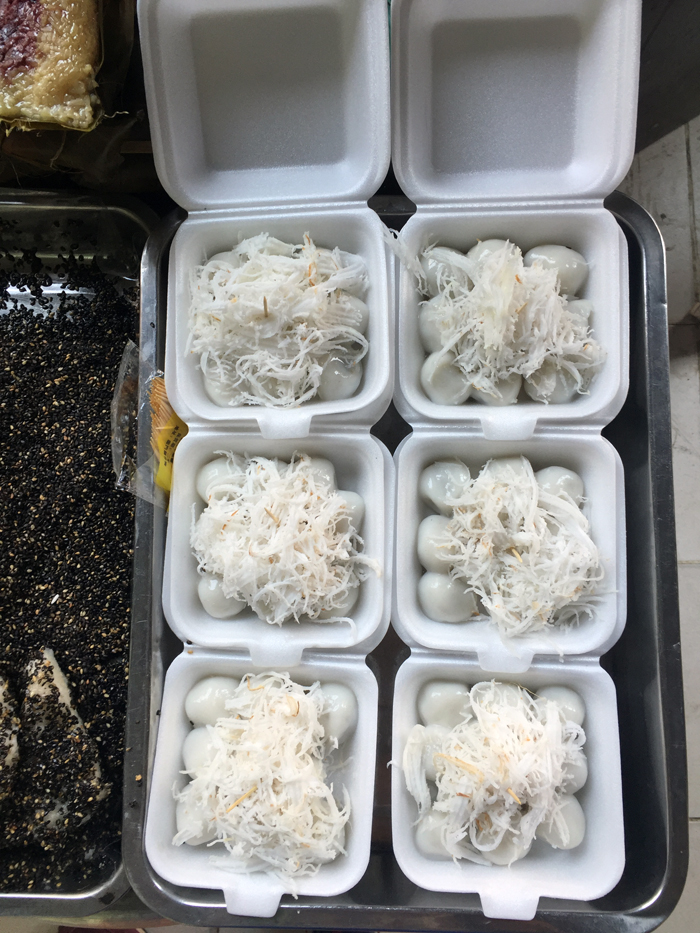
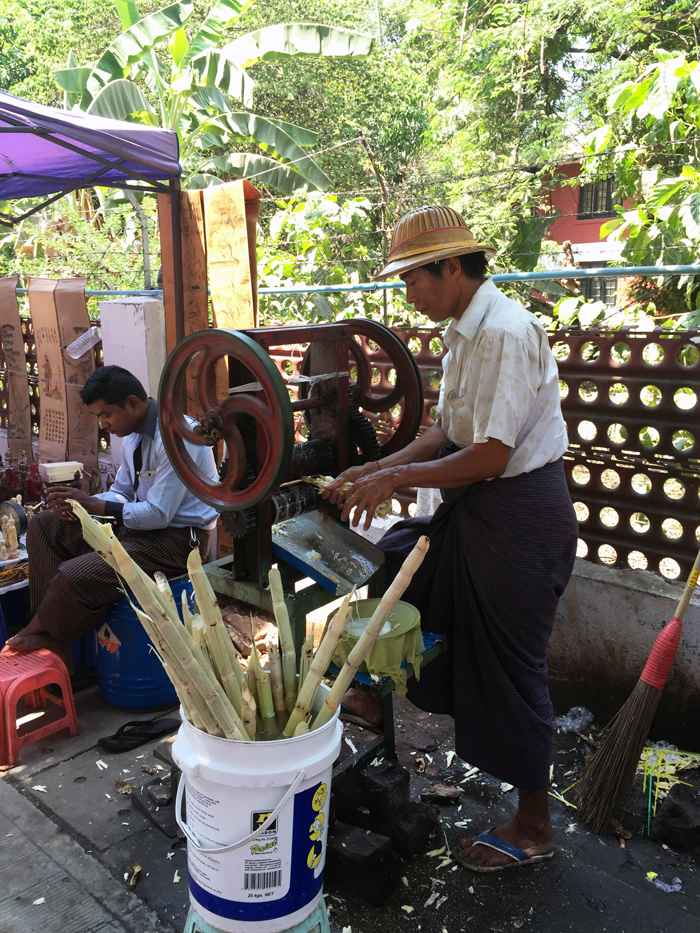
Then, we stopped by a tea shop and had our breakfast. I ordered a noodle dish – rice noodle, pork, vegetables and herbs, sprinkled with crushed peanut in the dish and a hot milk tea. It looked decent but was slightly oily for my liking. The winner of the breakfast has to be my drink – silky smooth, milky, sweet and strongly infused with Myanmar tea leaves. A great way to start the day!
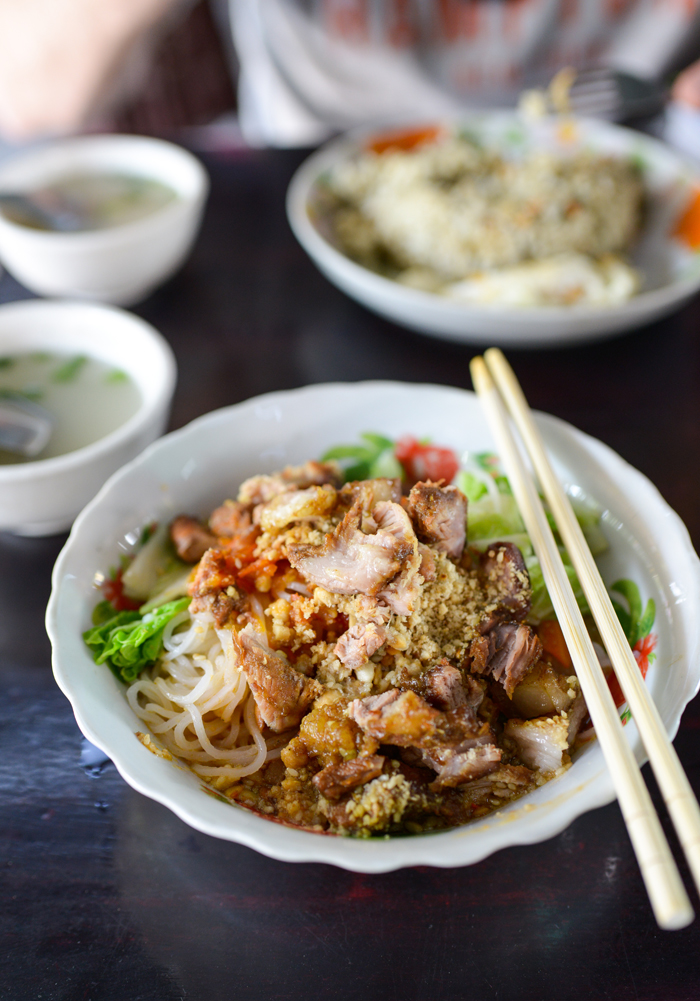
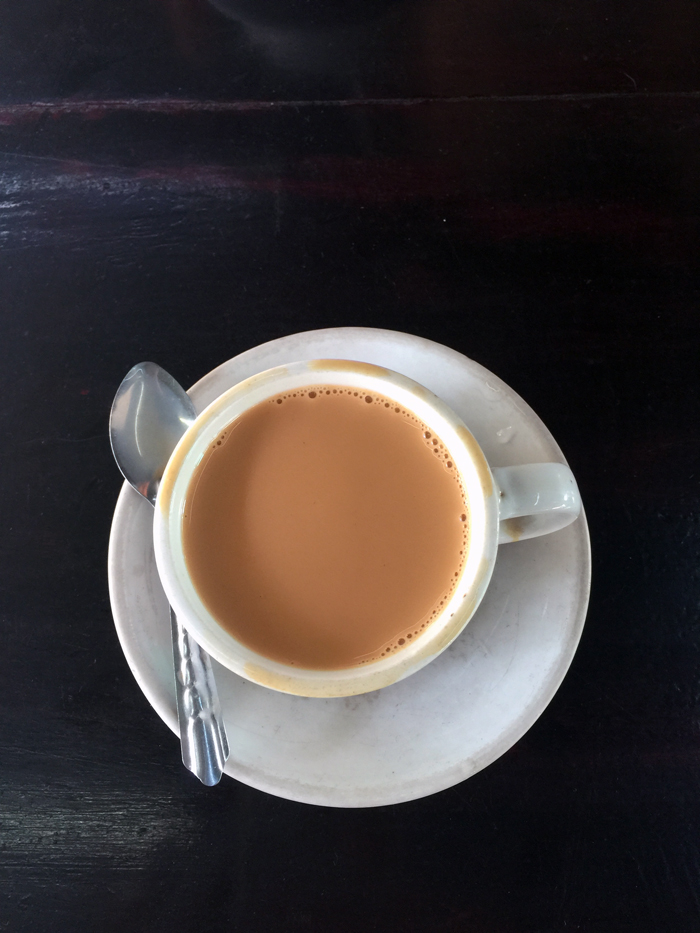
Good thing to start the day early is avoid too intense heat around noon time. Walking into small streets from the boulevard led us to some markets where the locals do their daily/weekly shopping. A lot of fresh produce could be seen. It was a nice atmosphere – the South East Asian way of farmers markets.
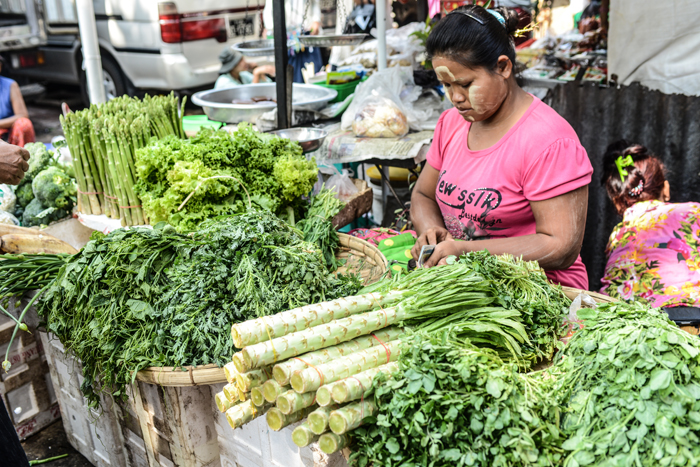
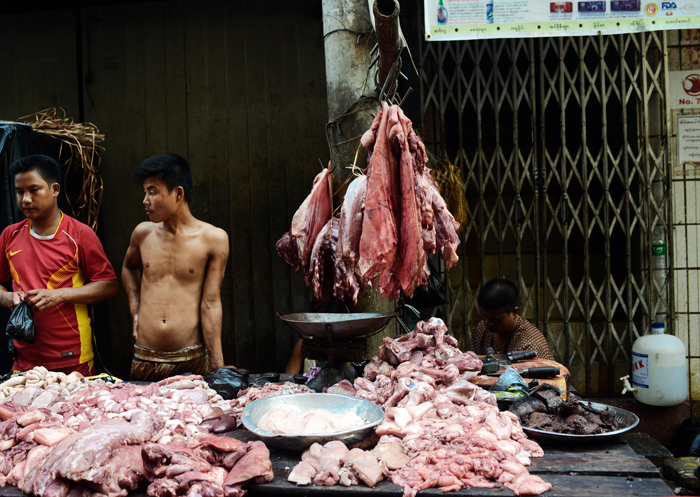
No visit is complete without the visit of the glittering and stunning Shwedagon Pagoda, also known as Golden Pagoda was built around 2,500 years ago and has been renovated and rebuilt regularly since the rise of the Bagan kingdom in the 11th century.
It is the most sacred and impressive Buddhist site for the people of Myanmar. From a humble beginning of 8.2 meters, the Shwedagon Pagoda today stands close to 110 meters. It is covered with hundreds of gold plates and the top of the stupa is encrusted with 4,531 diamonds; the largest of which is a 72 carat diamond!
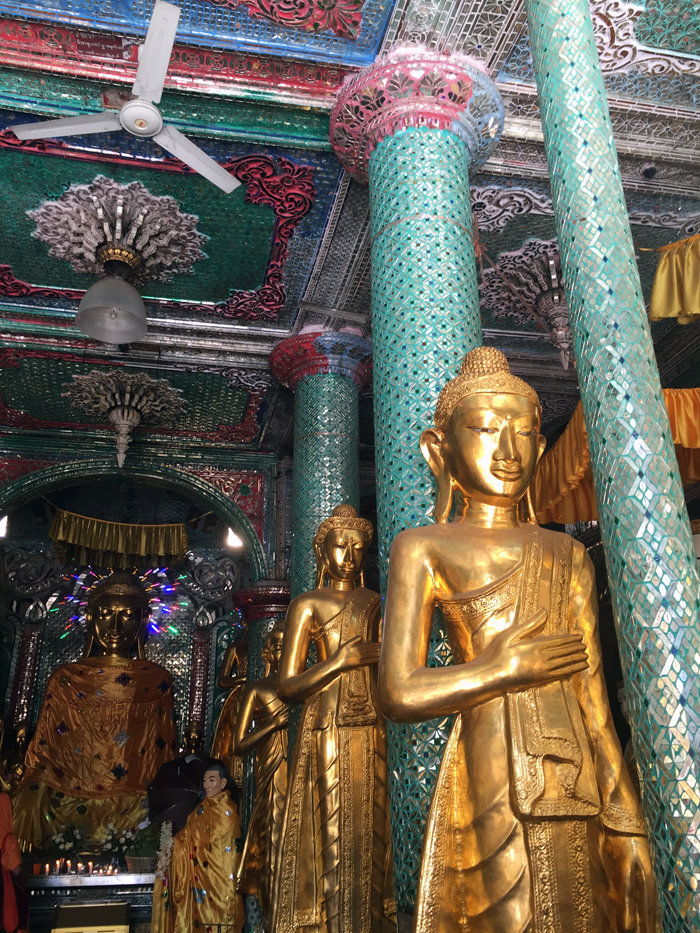
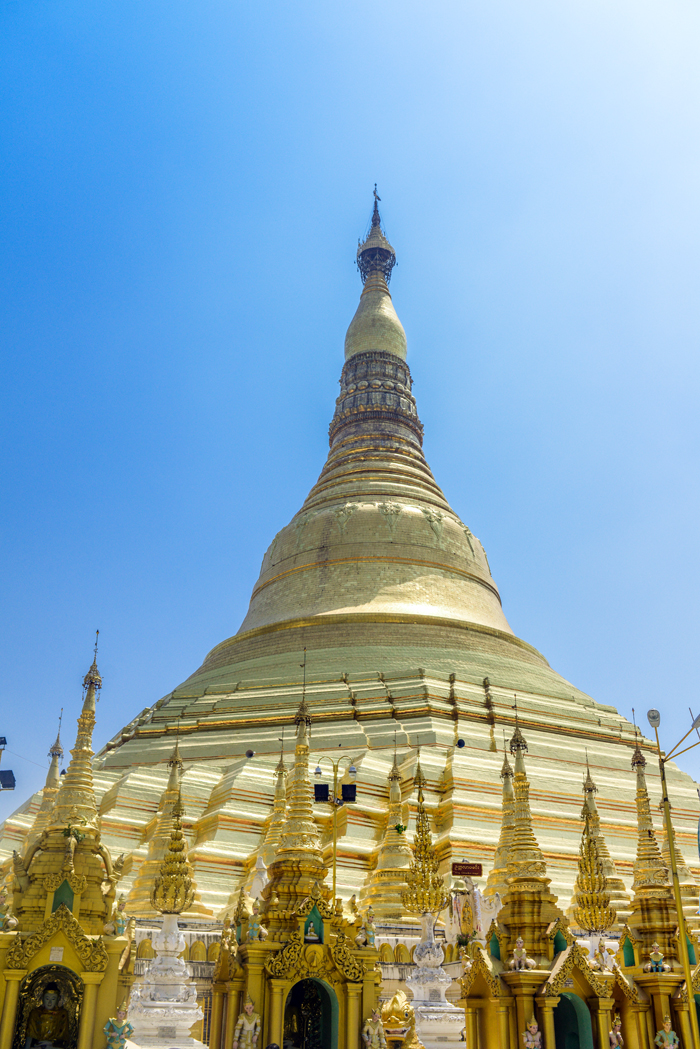
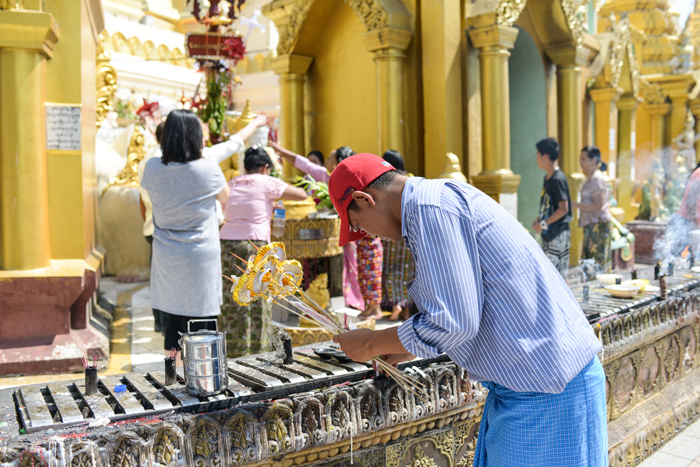
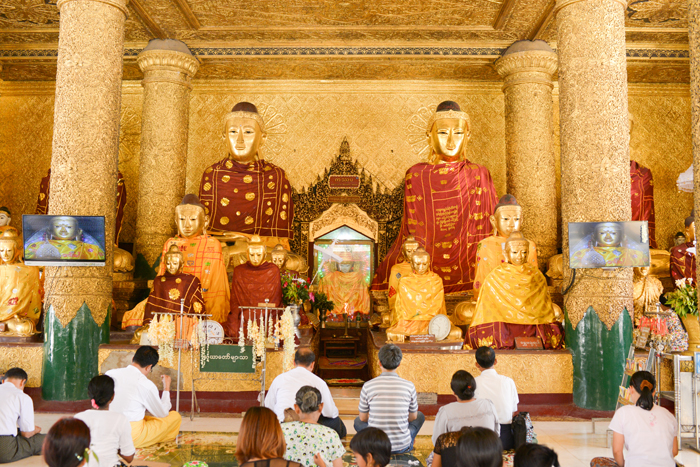
The entrance fee is US$8 or 8,000 Kyat. Dress reasonably and keep your legs covered (long skirts, halfway between knee and ankle, are fine; shorts, on men or women, are not). Longyi is available at the ticket booth if you arrive overly uncovered. As with nearly all Buddhist monuments, footwear is not permitted. Everyone removes their footwear and socks at the gates before even setting foot inside the complex. A few highlights:
- The Pagoda Platform – this is where people may make rounds around the Stupa, is also one of the best places in the world to sit and people watch.
- Day Shrines – there are eight shrines, one for each day of the week, dotted around the eight corners of the stupa.
- Statue of Wa Thon Da Ray – the guardian angel of the earth, is to the left of the Southern Walkway. Wa Thon Da Ray is said to have saved the Buddha from burning by wrapping her wet hair around the earth. The long tresses are clearly visible in the stone statue that stands in her honor.
We were pretty lucky to have caught a procession taking place at Shwedagon Pagoda. People are all beautifully dressed, holding colourful umbrellas.
We had a beautiful lunch at an awesome restaurant, named Monsoon. (85-87 Theinphyu Road, Yangon). It is a beautifully restored colonial building close to the Strand hotel. The menu covers cuisine from all over SE Asia. I had the national dish of Myanmar – Mohinga. It was pretty good. However, I found the soup base was more on the salty side.
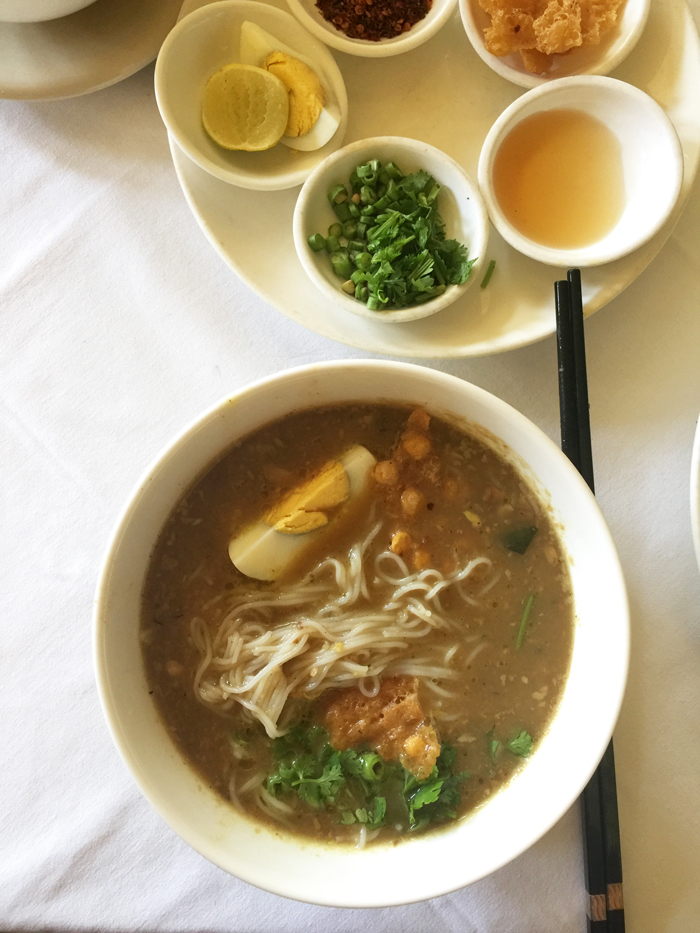
High Court Building – the highest seat of justice during the British colonial rule. It is now the customs office in Myanmar. The clock tower is a fantastic sight and instantly recognizable at a distance. Charming red brick and stone lead up to a domed roof with a very English-style clock face on the side was built in 1911. A stroll in late afternoon is a pleasure to soak up the sun. People watch at the nearby park could be another thing to do.

Bogyoke Aung San Market (Scott Market) is an excellent source to buy Burmese handicrafts, such as wood carvings or lacquerware. Besides, Burmese clothing and textiles are available in abundance. Half a day could easily be spent wandering around this sprawling covered market. It has over 2,000 shop. There are also a few bureau de change at ground floor, which is handy if you need to change into Kyat (local currency).
As the evening drew near and after a whole day of sight-seeing, we deserved a chillax evening with a drink (or two) in our hands. There was no better way to call it a day!


Thank your for sharing your marvellous pictures with us. What fantastic places to visit. That soup looks good.
Cheers,
Rosa